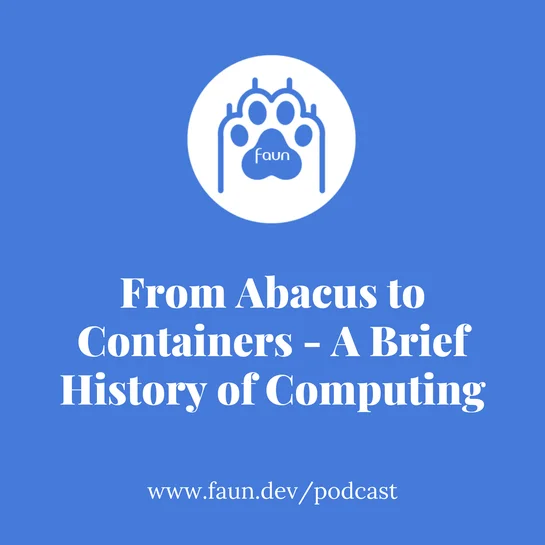
It's 2018 in Kubecon North America, a loud echo in the microphone, and then Ben Sigelman is on the stage.
There is conventional wisdom that observing microservice is hard. Google and Facebook solved this problem, right? They solved it in a way that allowed Observability to scale to multiple orders of magnitude to suit their use cases.
The prevailing assumption that we needed to sacrifice features in order to scale is wrong. In other words, the notion that people need to solve scalability problems as a tradeoff for having a powerful set of features is incorrect.
People assume that you need these three pillars of Observability: metrics, logging, and tracing, and all of a sudden, everything is solved. However, more often than not, this is not the case.
Today we are going to discuss Observability and why this is a critical day-2 operation in Kubernetes. Next, we will discuss the problems with Observability and leverage its three pillars to dive deep into some concepts like service level objectives, service level indicators, and finally, service level agreements.


















